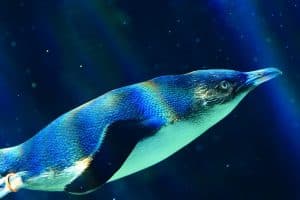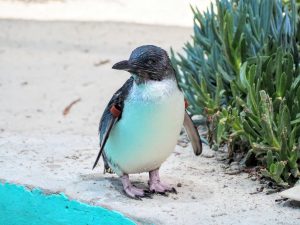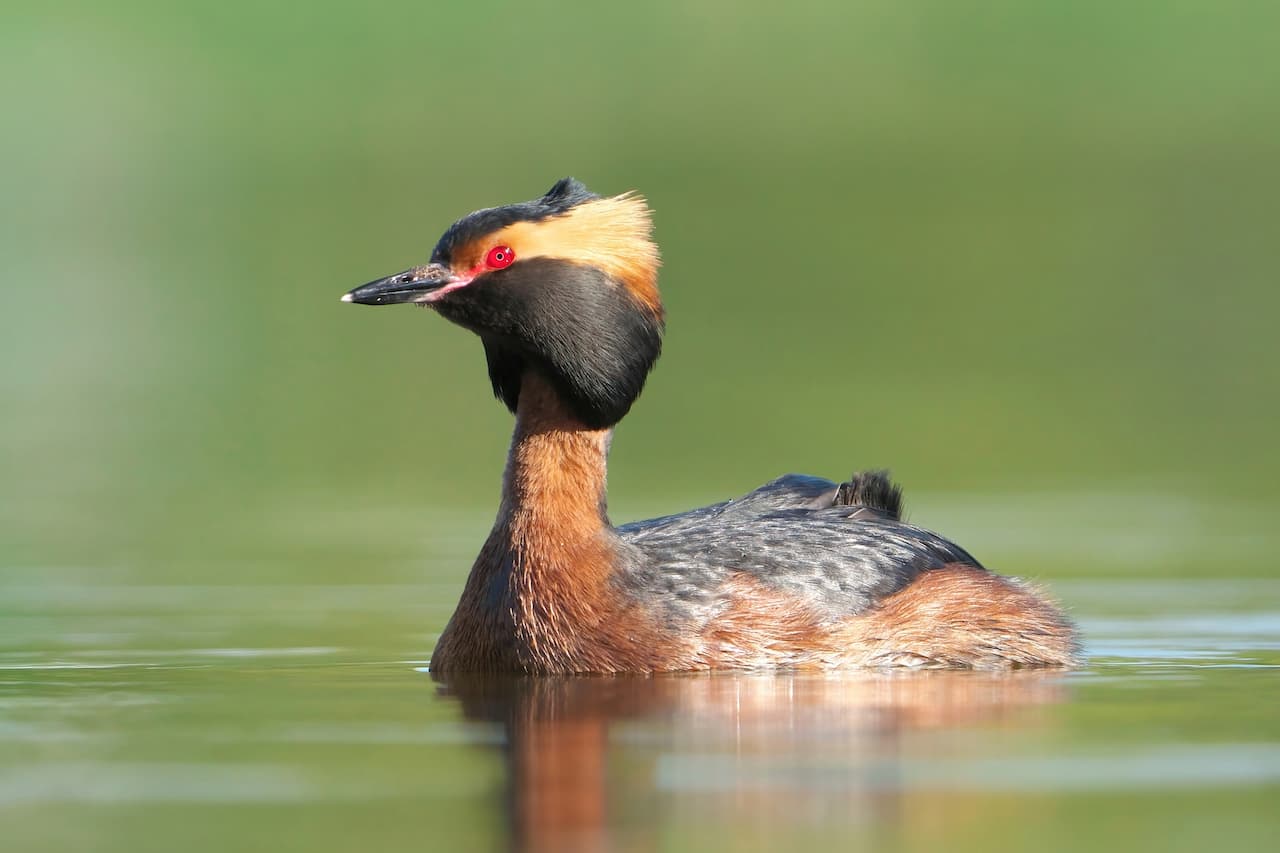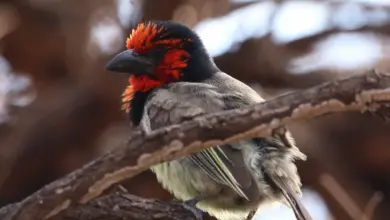Little or Fairy Penguins (Eudyptula minor)
Little Penguins or Fairy Penguins (Eudyptula Minor)
The Little Penguins or Fairy Penguins (Eudyptula minor) is the smallest species of penguin. It breeds along the entire coastline of New Zealand, the Chatham Islands, Tasmania, and southern Australia. They have several common names.
- In Australia, they are often referred to as Fairy Penguins because of their tiny size.
- In New Zealand, they are called Little Blue Penguins, or just Blue Penguins, owing to their indigo-blue plumage color; the New Zealand M? ori call them Koror.
Little penguins were also reported from Chile (where they are known as Pingüino pequeño or Pingüino azul) (Isla Chañaral 1996, Playa de Santo Domingo, San Antonio, 16 March 1997) but it is unclear whether these birds were vagrants. Nevertheless, it has been suggested that there might be a yet undiscovered breeding population in the Chilean portion of Patagonia. Recently, the first record of a living Little Penguin has been reported from Namibia (Ichaboe Island, April 2005).
There are several subspecies but a precise classification of these is still a matter of dispute. The White-flippered Penguin is sometimes considered a subspecies, a distinct species, and sometimes a morph (genetic mutation). As the Australian and western South Island Little Penguins seem to be a distinct species to which the specific name minor would apply, the White-flippered birds indeed belong to a distinct species, although not exactly as originally assumed.
Biology
Typically growing to 43 centimetres (16 in) tall and weighing about one kilogram (2.2 pounds), they live year-round in large colonies, with each breeding pair forming a burrow in which to raise their chicks (of which two are born at a time). They feed by hunting fish, squid, and other small sea animals, for which they travel and dive quite extensively. Little penguins, like most seabirds, have a long lifespan. The average for the species is 6.5 years, but flipper ringing experiments have recorded individuals that have lived for over 20 years.
Little Penguins typically return to their colonies to feed their chicks at dusk; the birds will tend to come ashore in small groups to provide some defense against predators which might pick off individuals one by one. In Australia, the strongest colonies are on cat-free and fox-free islands.
Relationship with humans
At Phillip Island, southeast of Melbourne, a viewing area has been set up to allow tourists to view the nightly “penguin parade”. Lights and concrete stands have been erected to allow visitors to see but not photograph the birds interacting in their colony, which they do with a total lack of interest in their spectators. The birds, which many tourists find irresistibly cute, attract half a million people a year. Tourists to Perth in Western Australia can also make a short trip to Penguin Island to see the penguins and observe they’re normal behaviour. The Oamaru Blue Penguin Colony is the New Zealand equivalent of Phillip Island’s penguin parade.
Linus Torvalds, the original creator of Linux (a popular operating system kernel), was once bitten by a Little Penguin while on holiday in Australia. Reportedly, this encounter encouraged Torvalds to select Tux as the official Linux mascot/logo.
Penny the Little Penguin is the mascot for the 2007 FINA World Swimming Championships held in Melbourne, Victoria.
Little Penguins at SeaWorld
There is also a colony of Little Penguins at Sea World on the Gold Coast, in Queensland, Australia.
In early March 2007, 25 of the 37 penguins died from an unknown toxin following a change of gravel in their enclosure.
It is still not known what caused the deaths of the Little Penguins, and it has been decided not to return the 12 surviving penguins to the same enclosure in which the penguins became ill. The penguins will be moved into a brand-new enclosure.





